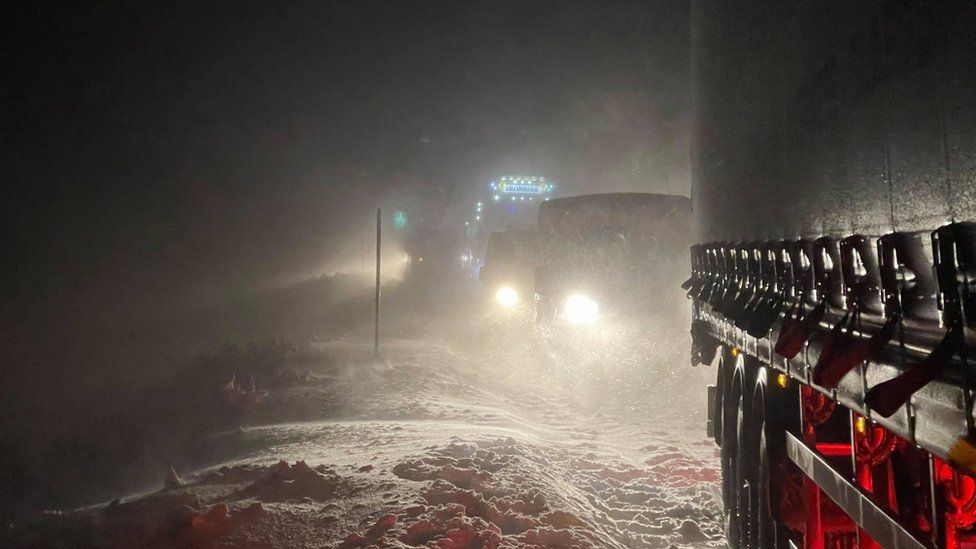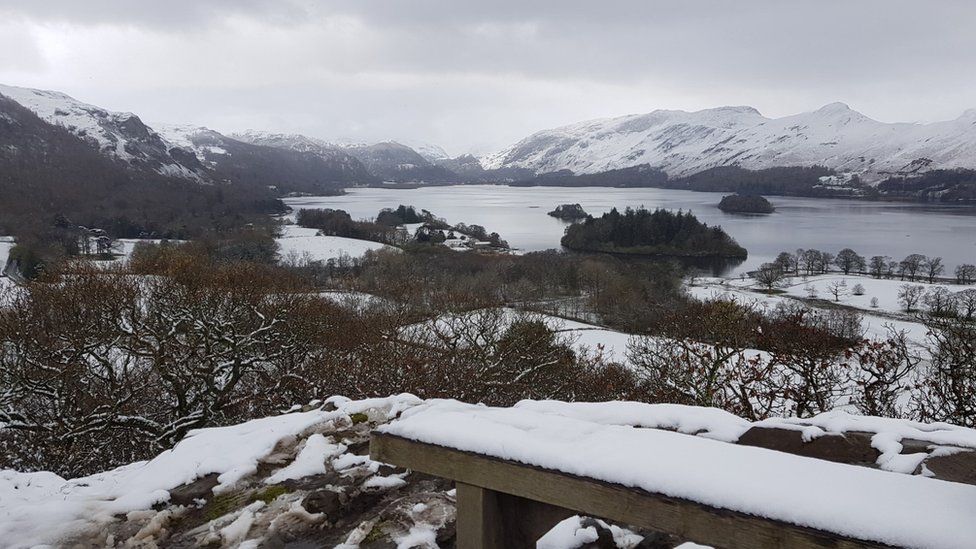We Brits seem to have a bit of a love / hate relationship when it comes to the subject of snow. As soon as October comes around, newspapers instantly start wishing for the white stuff with headlines such as “Coldest winter in a century on way” or “-12°C Britain faces snow chaos”. When there is a suggestion of snow in the forecast, the reporting ramps up a gear with headlines such as “Screaming Northerlies to bring winter hell THIS WEEK!”, then when it actually comes along comes the hate side of the relationship.
“SNOW CAUSES BIN COLLECTION BACKLOG” in local newspapers when people suddenly find out that the binmen are also the people who drive the gritting lorries, “GOING SNOWHERE” when people discover that even the slightest amount of snow in the United Kingdom is enough to bring major transport infrastructure to a grinding halt and of course “SNOW CHAOS : And they still claim its global warming” from newspapers who have an extreme right wing agenda that refuses to recognise climate change.
So why do I mention this now? It’s because a lot of models are now talking about a snow event starting at midnight GMT on November 25th as a polar low forms in the North Sea which over the next three days brings a collection of snow showers (dumping snow over the Scottish Highlands, Pennines, Snowdonia and the Brecon Beacons) and as you might expect the media are hyping it up as per usual, therefore you will be pleased to hear that if it does snow, I shall be posting information which is not hyperbole, but actual recordings and photographs.
Oh, and a word of warning, if anyone comes from the Daily Express asking for a comment, run like the plague.









